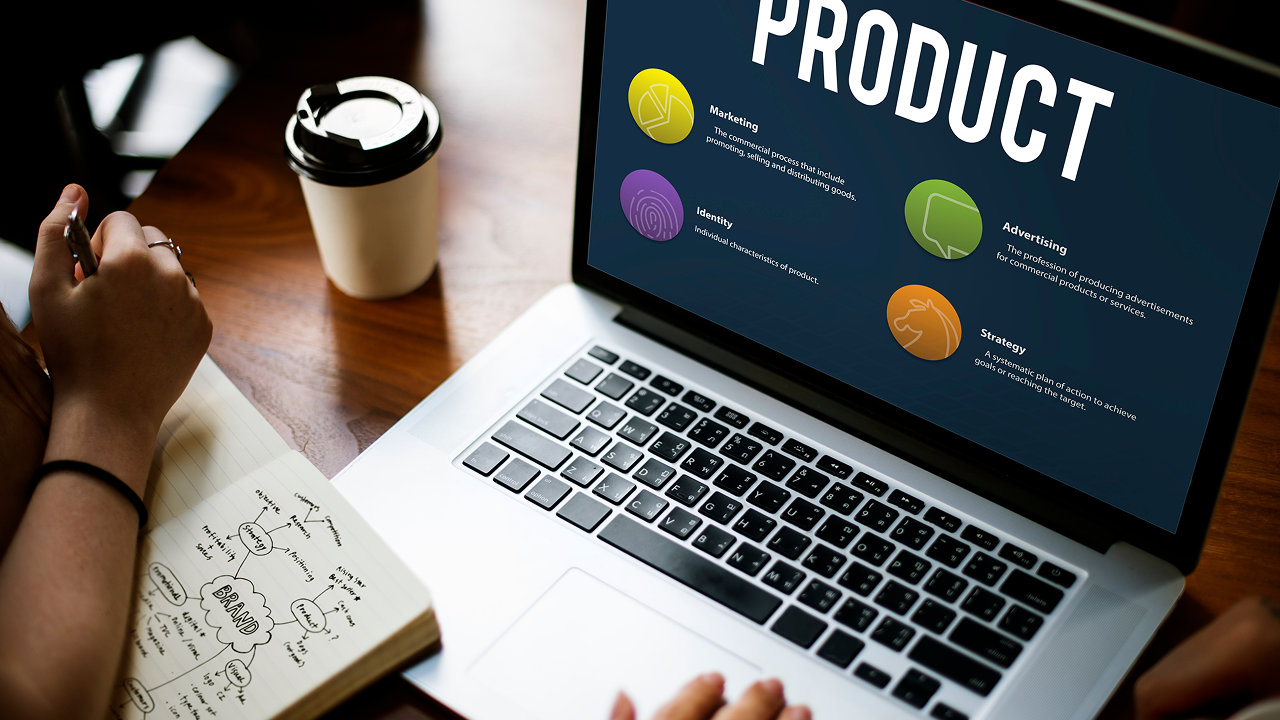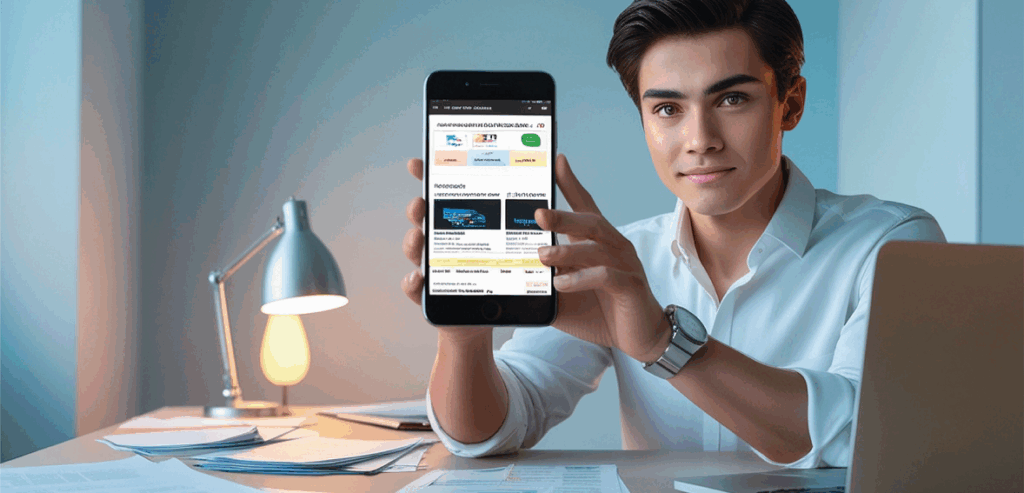
Product Page Optimization: Tips to Increase Conversions
In e-commerce, your product page is where the magic happens. It’s the digital equivalent of a salesperson on a shop floor—answering questions, addressing objections, and ultimately convincing a visitor to buy. No matter how much traffic you drive through SEO, ads, or social media, if your product pages fail to convert, you’re leaving money on the table.
In 2025, online shoppers expect fast-loading, mobile-friendly, and highly persuasive product pages. This guide will walk you through proven strategies to optimize product pages for maximum conversions. From crafting compelling descriptions to integrating trust signals, you’ll learn step-by-step how to transform browsers into buyers.
Why Product Page Optimization Matters
- Conversion impact: Even a small uplift in product page conversion rates (say, from 2% to 3%) can translate into thousands of dollars in extra revenue per month.
- Customer psychology: Shoppers want reassurance before committing—good product pages build confidence.
- SEO benefits: Optimized pages rank higher in search engines, driving more organic traffic.
Well-designed product pages don’t just sell; they also improve customer satisfaction and reduce returns.
Step 1: Craft Compelling Product Titles and Meta Data
Your product title is the first thing search engines and customers see. It must be both keyword-rich and appealing.
- Good Example: “Eco-Friendly Stainless Steel Water Bottle – 750ml, Leak-Proof & BPA-Free”
- Bad Example: “Water Bottle – Green”
Best Practices:
- Include primary keywords naturally.
- Add product specifics (size, material, unique features).
- Keep titles under 60 characters for SEO.
Your meta description should highlight benefits and include a clear call-to-action (CTA). Example: “Stay hydrated with our eco-friendly stainless steel bottle. Free shipping on orders over $50. Shop now!”
Step 2: Write Persuasive Product Descriptions
Generic manufacturer descriptions won’t cut it. Your descriptions should educate, inspire, and persuade.
Formula for High-Converting Descriptions:
- Hook: Identify a problem or need.
- “Tired of plastic bottles that leak in your bag?”
- Benefits > Features:
- Instead of “Made from stainless steel,” say “Keeps your drinks cold for 24 hours.”
- Social Proof Integration:
- “Trusted by 10,000+ eco-conscious customers.”
- Call-to-Action:
- “Order today and enjoy free shipping!”
Keep descriptions scannable with bullet points and short paragraphs.
Step 3: Use High-Quality Images and Videos
Visuals are crucial—shoppers can’t touch or feel products online, so images and videos bridge the gap.
Image Best Practices:
- Use multiple angles (front, side, close-up).
- Show scale (product in context—e.g., a bottle in someone’s hand).
- Include lifestyle shots (product in use).
- Offer zoom functionality for detail.
Videos:
- Short demo videos (30–60 seconds) can boost conversions by up to 80%.
- Show unboxing, usage, and product benefits.
If you’re on a budget, smartphones + natural lighting + simple editing apps can still create professional results.
Step 4: Add Social Proof and Trust Elements

Shoppers trust other shoppers more than brands. That’s why social proof is a game-changer.
What to Include:
- Customer Reviews & Ratings: Aim for at least 5–10 per product.
- User-Generated Content (UGC): Showcase customer photos and videos.
- Badges: Secure checkout, money-back guarantee, and fast shipping.
- Press Mentions or Awards: Adds credibility if applicable.
Social proof reduces hesitation and builds confidence.
Step 5: Optimize Call-to-Action (CTA) Buttons
Your “Add to Cart” or “Buy Now” button is the final gateway to conversion.
CTA Optimization Tips:
- Make it large and visible (contrasting color).
- Use action-oriented language: “Add to Bag,” “Get Yours Now.”
- Keep it above the fold.
- On mobile, ensure it’s easy to tap.
Small tweaks in button design can have a huge impact on sales.
Step 6: Improve Page Layout and Navigation
Cluttered pages confuse shoppers. Clear layouts guide them naturally toward purchase.
Best Practices:
- Place product title, price, images, and CTA above the fold.
- Group information logically: description, reviews, shipping info.
- Use tabs or collapsible sections for details (size chart, FAQs).
- Keep plenty of white space for readability.
Clean, intuitive design = higher conversions.

Step 7: Mobile-First Optimization
With more than 60% of traffic coming from mobile, product pages must be mobile-friendly.
Mobile Checklist:
- Responsive images that load quickly.
- Sticky “Add to Cart” button.
- Simple dropdowns for size/color.
- Mobile-optimized checkout process.
Test your pages on different devices regularly.
Step 8: Add Upsells and Cross-Sells
Product pages aren’t just for single sales—they’re opportunities to increase average order value.
Examples:
- Cross-sell: “Pairs perfectly with our eco-friendly lunchbox.”
- Upsell: “Upgrade to a 1-liter bottle for just $5 more.”
Keep suggestions relevant and avoid overwhelming the customer.
Step 9: Leverage Urgency and Scarcity
Shoppers act faster when they feel urgency.
Tactics include:
- Low stock alerts (“Only 3 left!”)
- Countdown timers for sales
- Limited edition product tags
Use urgency ethically—don’t fake scarcity.
Step 10: Test, Measure, and Refine
Continuous improvement is key. Use A/B testing tools to experiment with:
- Different CTA button colors/text
- Short vs long product descriptions
- Image order (lifestyle first vs plain product)
Track results with analytics (Google Analytics, Hotjar heatmaps). Focus on metrics like click-through rates, add-to-cart rates, and completed purchases.
A Shopify store selling fitness gear redesigned their product pages with better photos, rewritten descriptions, and sticky mobile CTAs. Conversion rates rose from 2.3% to 4.1% in two months—a nearly 80% lift. The improvements also reduced returns since customers had more accurate expectations.
Common Mistakes to Avoid
- Using low-quality or stock images.
- Copy-pasting manufacturer descriptions.
- Hiding shipping info until checkout.
- Overloading the page with too many upsells.
- Ignoring mobile optimization.
Conclusion
Your product page is where traffic turns into revenue. By optimizing titles, descriptions, visuals, CTAs, layout, and social proof, you can dramatically increase conversions. Combine these strategies with ongoing testing, and your product pages will become powerful sales engines.
In 2025, online shoppers want speed, clarity, and trust. Deliver that, and you’ll not only boost conversions but also build long-term customer loyalty.
FAQs
Q1: What’s the average product page conversion rate?
Typically 2–3%, but optimized pages can achieve 5% or higher.
Q2: Should I use long or short product descriptions?
Use a mix—short bullet points for scanning, with detailed sections for those who want more info.
Q3: Do videos really improve conversions?
Yes. Product videos can increase purchases by 80% or more.
Q4: How many product images should I use?
At least 4–6 per product, including lifestyle and close-up shots.
Q5: Can I optimize pages without expensive tools?
Absolutely. Simple tactics like better photos, clear CTAs, and mobile testing make a big difference.